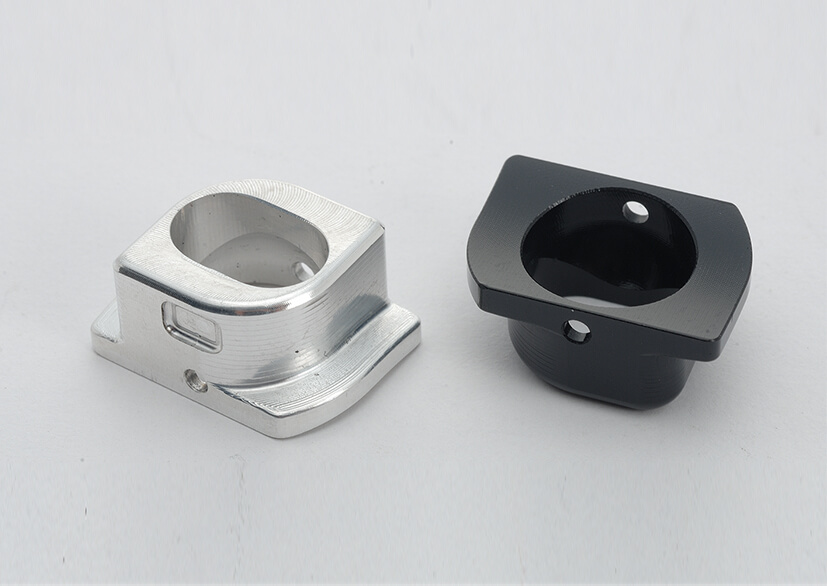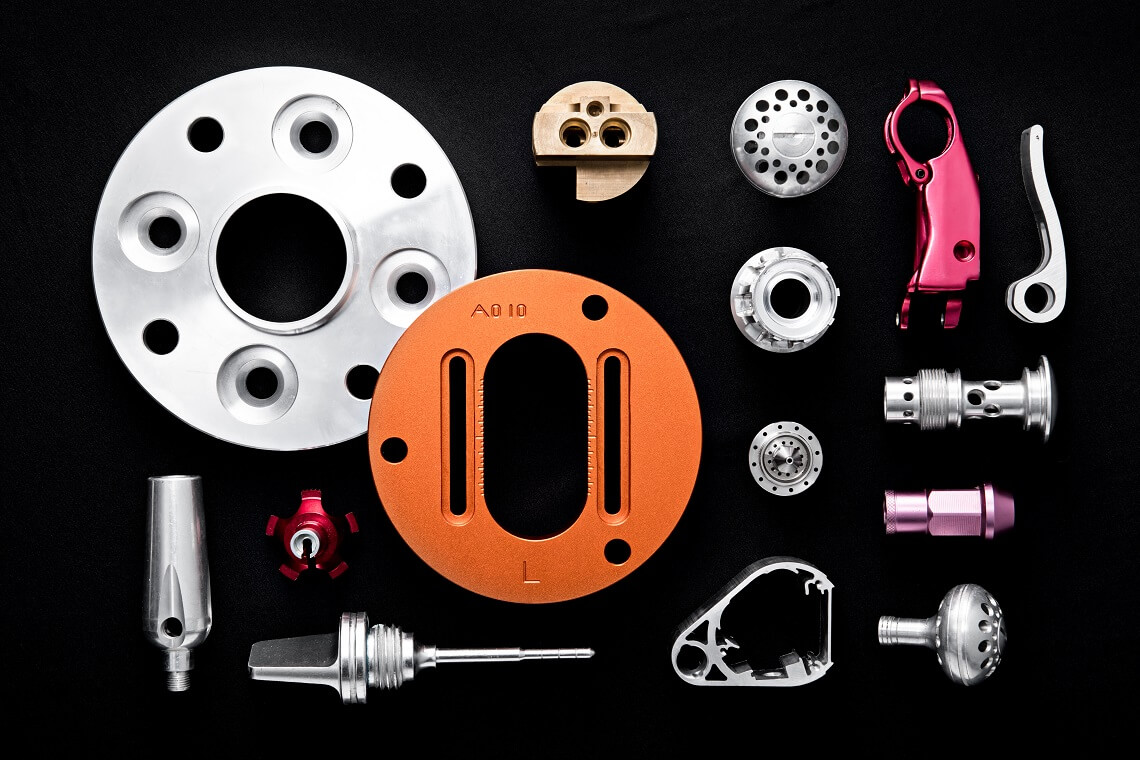How to Simplify CNC Machining Part Design
CNC machining is a widely used manufacturing process that involves the use of computer-controlled machines to create precise and complex parts. However, designing CNC machined parts can be a challenging task, especially for those new to the process, including spare parts washing machine in washing machine spare parts shop.
In this article, we will discuss some key principles that can help simplify the design of CNC machined parts. Even small parts like spare parts washing machine in washing machine spare parts shop are applicable.
Key Principles for Simplifying CNC Machining Part Design
The first principle to consider is the importance of design for manufacturability. When designing a part for CNC machining, it is crucial to keep in mind the capabilities and limitations of the machining process. This means designing parts that can be easily machined without requiring complex setups or excessive tool changes. By considering the manufacturing process from the beginning, you can avoid potential issues and ensure a smoother production process.
Another key principle is to minimize the feature count and complexity of the part. And machining complex parts with numerous features can be more challenging and time-consuming. However, by simplifying the design and reducing the number of features, not only can the machining process be made more efficient, but overall production costs can be reduced. This can also be achieved by merging multiple features into a single feature or eliminating unnecessary details that do not affect the functionality of the part.
Furthermore, it is essential to consider the choice of materials when designing parts for CNC machining. Different materials have different machining properties, and some may be more challenging to machine than others. By selecting materials that are easier to machine, you can simplify the machining process and reduce the risk of errors or complications. Additionally, choosing materials with good dimensional stability can help ensure that the final part meets the required specifications.

In addition to material selection, it is also important to consider the tolerances and surface finishes required for the part. Tight tolerances and high-quality surface finishes may require additional machining operations or specialized equipment, which can increase the complexity and cost of production. By carefully considering the required tolerances and surface finishes, you can simplify the machining process and avoid unnecessary complications.
Another principle to keep in mind is the use of standard components and off-the-shelf parts whenever possible. Using standard components can simplify the design process and reduce the need for custom-made parts. This not only saves time and effort but also reduces the overall cost of production. Additionally, using off-the-shelf parts can provide access to a wider range of options and reduce lead times.
Lastly, it is crucial to involve the machinist or manufacturing engineer early in the design process. Their expertise and knowledge can help identify potential issues or improvements that can simplify the machining process. By collaborating with the manufacturing team, you can ensure that the design is optimized for CNC machining and avoid costly revisions or delays.
In conclusion, designing parts for CNC machining can be simplified by following a few key principles. Designing for manufacturability, minimizing complexity, selecting appropriate materials, considering tolerances and surface finishes, using standard components, and involving the manufacturing team early in the process are all essential steps to simplify CNC machining part design. By applying these principles, you can streamline the manufacturing process, reduce costs, and ensure the production of high-quality parts.
